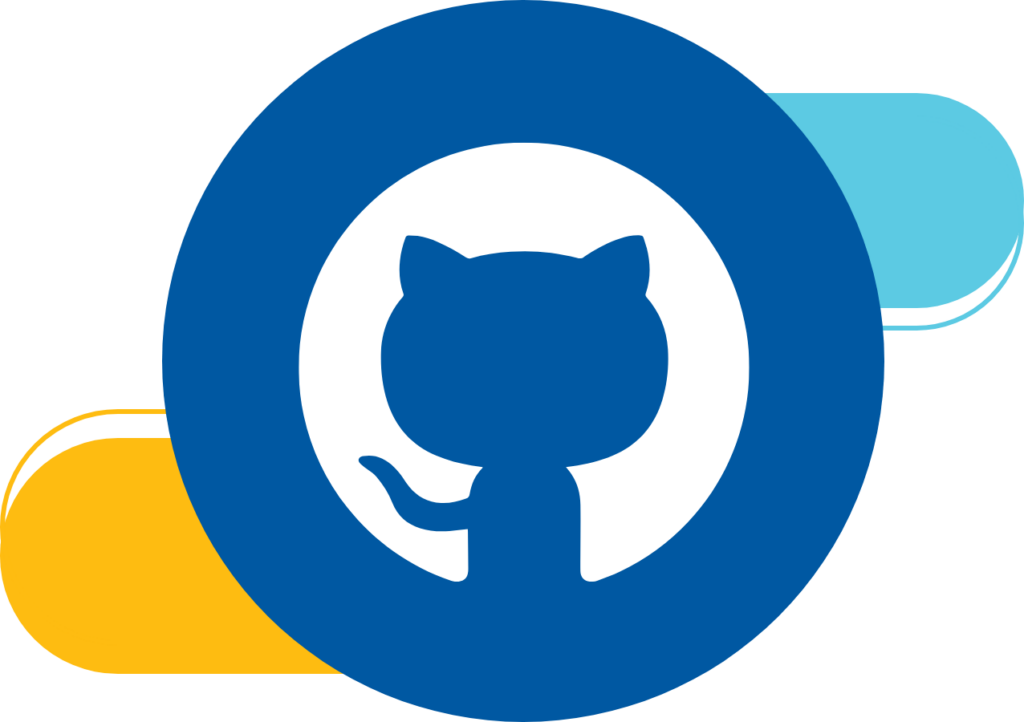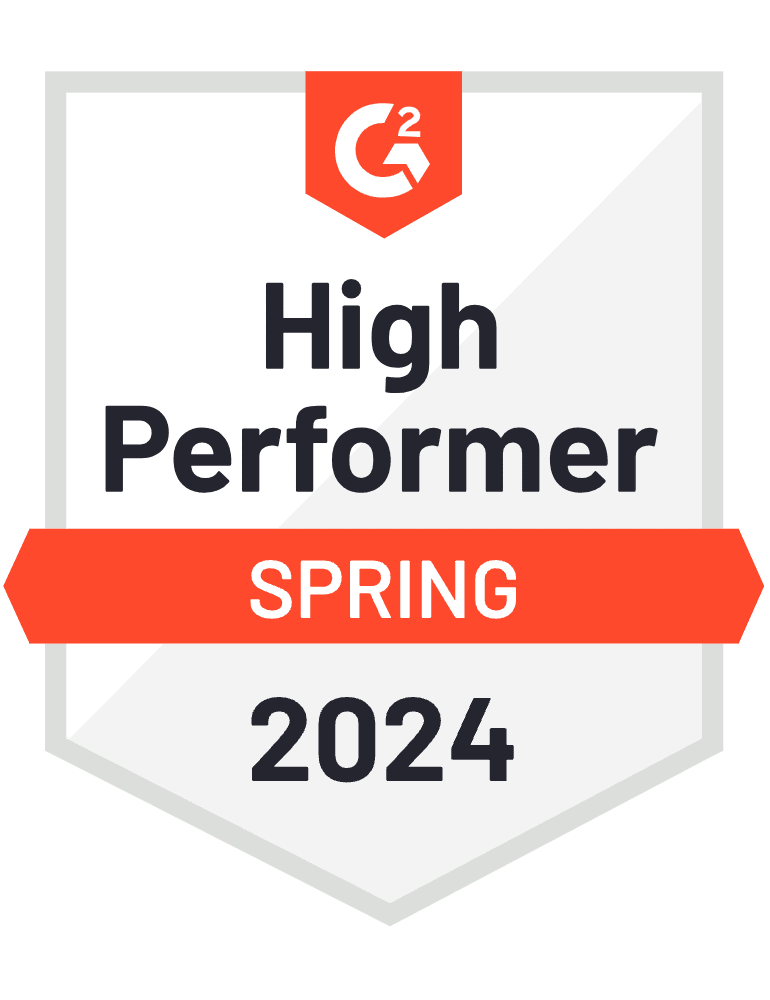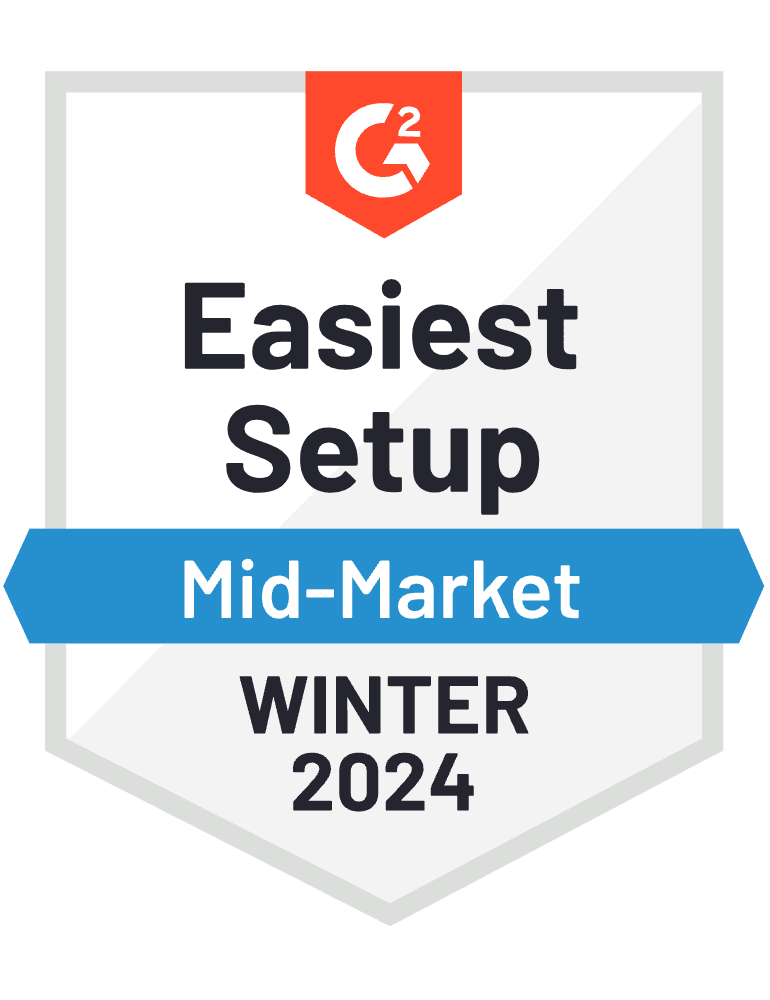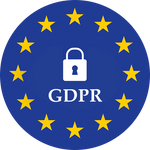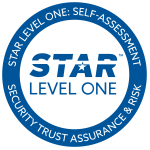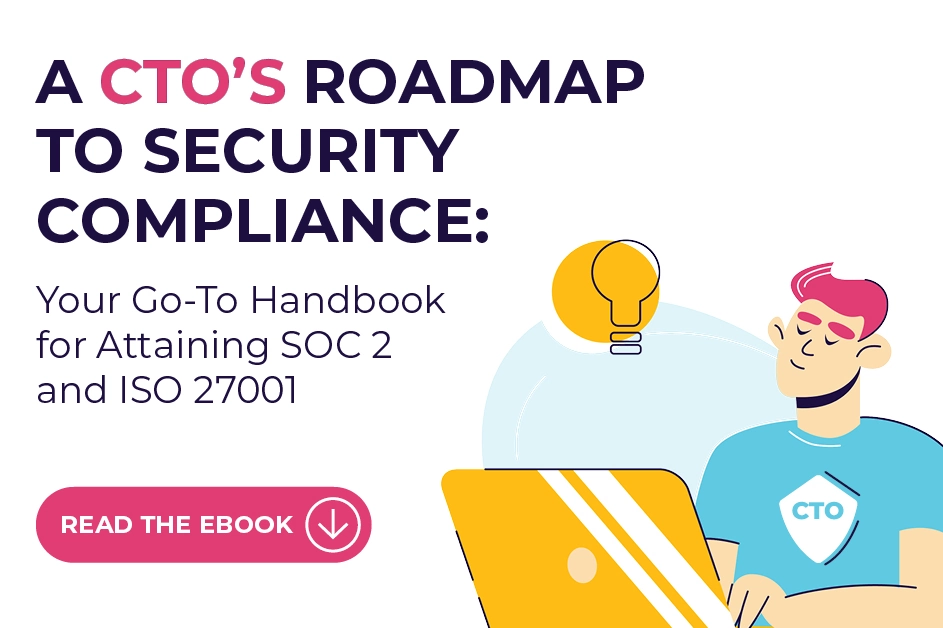Understanding and mitigating risk is crucial for any organization. The Risk Management Framework (RMF) offers a structured and effective approach to manage potential risks that can impact operations and outcomes. In this blog, we’ll explore the RMF’s steps and best practices, providing you with the knowledge to excel in risk management
Understanding the Risk Management Framework
Before we dive in, let’s establish a common understanding. The RMF is a comprehensive process assisting organizations in identifying, evaluating, and mitigating risks. The framework consists of five key steps: identifying risks, analyzing their impact, evaluating mitigation strategies, implementing controls, and continuously monitoring their effectiveness.
Sounds like a lot of work? Yeah, it might be—but it’s worth it. After all, you can’t effectively manage something if you’re not aware of it. The Risk Management Framework provides you with a clear understanding of the risk landscape within your organization, enabling you to take proactive measures before any significant harm occurs.
Furthermore, the benefits of implementing the Risk Management Framework are numerous. It enhances compliance with regulations, improves privacy and security protocols, and the list goes on. Essentially, it provides the valuable insights your organization needs to implement appropriate controls and minimize risk wherever possible.

What are the 5 Steps in the Risk Management Framework?
Before we get into the steps of a risk management framework, it’s important to note that establishing the context and developing a risk management plan are preliminary steps that set the stage for the RMF process. Understand the scope of the project and determine needs and expectations of all stakeholders involved. With this, you’ll be able to define the boundaries in which risk management will be addressed.
We get it—risk management isn’t exactly the most thrilling topic, but it’s an important one. That’s why you need to know the 5 steps in the Risk Management Framework.
Think of it like a roadmap that will help you to identify, analyze, respond to and monitor any potential risks (or even actual ones!) that may arise in your organization.
Step 1: Identify
The first step is to identify the specific cause of the risk and determine who or what will be affected by it. This information is crucial in developing appropriate plans and controls to address the risk.
Step 2: Analyze
This includes assessing the likelihood of the risk occurring, the potential impact it could have, and the financial cost associated with it. It is important to consider all possible scenarios and thoroughly examine every aspect of the risk – Don’t leave any stones unturned!
Step 3: Respond
Develop strategies to minimize, accept, transfer, or avoid the risk. This could involve implementing security controls, insurance, or policy changes. The key is to choose the most effective response for each identified risk.
Step 4: Monitor
This step involves keeping a watchful eye on the progress of the risk and being vigilant for any new risks or changes that may arise. By continuously monitoring the situation, adjustments can be made to response plans as needed.
Step 5: Review & Update
At last, the final step— it involves continual monitoring and review of your risk management processes over time, so you can stay successful in addressing any new or unexpected events that arise. This helps create a more agile strategy that mitigates any disruptive effects down the road.
Benefits of the Risk Management Framework
The benefits of having a solid risk management framework in place are plentiful. It’s like a safety net that covers all areas where risks exist, you can quickly identify any potential issues and take corrective action. Plus, it opens up avenues for innovation with access to resources you didn’t have before.
Using the RMF can bring many benefits to your organization. These include:
- Improved Operational Efficiency: The RMF helps organizations identify potential areas for improvement. By systematically identifying and analyzing risk factors and implementing corrective actions, organizations can improve their operational efficiency by reducing resource waste or inefficiencies.
- Enhanced Risk Awareness: The RMF provides organizations with increased visibility into risk factors that could negatively impact the organization. This allows them to proactively identify and address potential threats before they arise, and implement the relevant security controls.
- Compliance with Regulations: The RMF can also help organizations comply with various regulatory requirements by ensuring they are properly managing their risks in line with established standards. This includes compliance with standards such as ISO 27001, GDPR, SOC 2, and others, depending on your industry and location.
Whether you’re trying to earn more revenue, reduce costs, or just be compliant to boost customer trust, having an effective risk management framework can help you get there faster by expecting the unexpected and then preparing for it.
Risk Management Framework Best Practices
When it comes to creating an effective risk management framework, best practices can help organizations stay on the right track. The first and most important step is to identify what needs to be done, and create an actionable plan. It’s also essential to document the process and track progress on a regular basis.
In order to successfully put into place a risk management framework, here are some of the best practices you should consider:
- Conduct a Risk Assessment:
This involves identifying and assessing the risks that could affect your company, as well as determining their severity and probability of occurrence.
- Develop A Risk Management Plan:
Create a plan that outlines how you will manage each identified risk, including goals, strategies, and resources needed for implementation.
- Establish Controls for High-Risk Situations:
Develop procedures to prevent or mitigate high-risk situations from occurring or becoming more serious. This could include implementing strong cybersecurity measures, updating internal policies, or enhancing employee training programs.
- Monitor Progress:
Monitor progress on an ongoing basis in order to ensure that the risk management framework is being followed properly, and any changes are reflected in the process accordingly.
- Review & Update Framework:
Regularly review the framework for any necessary changes or improvements required due to new developments or changing conditions in your risk landscape.
By using these best practices when implementing your risk management framework, you can ensure it’s designed effectively to protect your organization from potential threats, while also allowing you to take advantage of new opportunities that may arise in the future.
Continuous Monitoring and Evaluation
Monitoring and auditing your risk management framework is an essential part of keeping your organization safe from potential threats. Monitoring the performance of your risk management program provides insight into changes in risk, while auditing helps ensure that the framework is effective in mitigating those risks.
Both processes should be conducted regularly to ensure that your risk management framework is doing its job.
The use of risk management automation software can streamline manual processes and provide complete visibility of the risk posed to your organization.
The use of automation when mapping controls to risk management frameworks reduces employees’ time and allows them to focus on more critical tasks.
Master your RMF and ensure compliance
Risk management frameworks don’t have to be hard. With the right steps, best practices and understanding of the framework, you’ll be ready to sail through any storms that may come your way.
The risk management framework should be tailored according to the organization’s risk profiles, and it should be regularly reviewed and updated based on the most recent changes in the organization or the risk management processes.
An RMF helps you identify, assess, treat, monitor and reassess any risks that come up. By diligently following these steps and best practices, you can ensure that your business is well-equipped to manage any risks that arise.
Conclusion
So there you have it! Implementing an effective risk management framework (RMF) offers numerous benefits, such as improved efficiency, heightened risk awareness, and adherence to regulations. To achieve these advantages, there are several best practices to follow. These include conducting thorough risk assessments, creating a comprehensive risk management plan, implementing controls for high-risk areas, monitoring progress, and regularly reviewing and updating the framework. It is crucial to continuously monitor and audit the framework to ensure its ongoing effectiveness in mitigating risks. Additionally, organizations should customize the RMF to suit their unique risk profiles and regularly evaluate it based on any changes occurring within the organization. By adopting an RMF, businesses can effectively identify, assess, manage, and reassess risks, enabling them to be well-prepared for potential threats.


